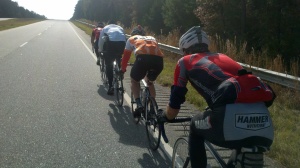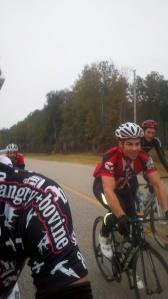No products in the cart.
Selecting Your Events – The good, the bad and the ugly
With a season winding down for so many and decisions being made on races and events for next year there is no better time to discuss some ideas to help you chose the best events for next season. Too often in my years of coaching I have seen smart people make very poor decisions when it comes to selecting events. Whether this is the number of events, the level of the event or the lack of priority I have seen athletes over extend themselves and either become “burnt out,” overly fatigued or injured. To make 2013 a successful year for you take these four thoughts into consideration when looking at events.
Planning: This is by far the most difficult portion. With events becoming larger, more popular and more epic there are so many fun things to chose from. You must take a critical eye to your events and remember that your body can only handle so much before it breaks or breaks down. Be selective and remember if you do not over do it there are still plenty of years of racing left in you.
Progression: Just like an athlete spends years training for the Olympic trials and games you must be wise in your progression. Take the time to build. If you just bought your bike yesterday an Ironman in February in Panama is not the best choice. Take the time to build your fitness, expand your knowledge and become a well rounded athlete
Prioritize: There are many different types of events in a schedule; fun ones, training races, tune up races and A races. Alll races are training races but not all races can be an “A” race. The key is to select the important events and then design your training leading up to those.
Periodization: Now that you have key events you can periodize your training program. This periodization can be a month long a year long or even a decade long dependent upon what your goals are and how large the events can be. The key is to have a plan but realize that deviation is not a bad thing. We get sick, life plans change, fatigue changes and because of this so does training! Take your time in selecting your events and chose ones that you want to do! No one can motivate you but yourself. If you do this and follow these steps you will set next year up to be one of the most successful yet. Are you unable to take a critical look at your calendars and make decisions on this? Let us know! SoS coaches can help you make some of those crucial decisions and help you not only enjoy your year but perform well and finish the season wanting more. Contact us at [email protected] for further assistance!







